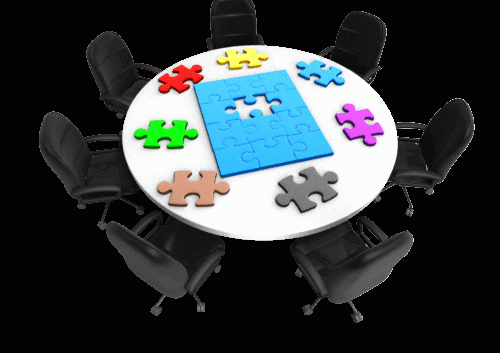- sales
- Blog post
Why don’t we train the way we learn?
From an evolutionary standpoint, learning is a critical function, on par with running faster or sharper teeth. It starts at birth and happens every minute of every day. It’s as natural as breathing.
So why, then, is teaching so hard?
I would suggest that it’s because traditional teaching methods are profoundly misaligned with how we learn.
Learning research is demonstrating an increasingly clear picture of how we learn. In the real world — not in the classroom — the way we learn is:
- Heuristic — we use approximations and rules of thumb to figure out what to do.
- Inductive — we don’t learn from the top down; we start with bits of knowledge and slowly assemble them into a big picture.
- Incomplete — we don’t learn everything there is to know about a subject; we learn what we need to know and forget the rest.
- Embedded in daily experience. Learning comes at us from all directions, in no particular order, driven by whatever is happening to us at any given moment.
But traditional teaching is the opposite: It’s logical, deductive, comprehensive and disconnected. We go into a classroom, or log on to an LMS, which tells us, “Okay, the real world is on hold; learning has begun. We’ve got a lot to cover, so let’s start at the beginning…”
So here’s the question for teachers (including sales trainers): How can we bring teaching methods into alignment with how we’re built to learn?
For example, how can we embed learning into the learner’s daily experience? Are we willing to be incomplete? To offer learning in small, disconnected bits and trust the learner to assemble them into the bigger picture without our help? Can we build teaching around useful rules of thumb that don’t always yield the right answer, but are “good enough”?
If you’re trying to imagine what this kind of learning might look like, think about how kids acquire a second language. In school, we teach language using a logical and complete approach. We start with vocabulary and grammar; start to practice simple sentences and gradually build up to more complex conversations. You can teach a foreign language that way, but it’s not especially effective.
The other way to learn a language is through immersion. Throw a kid into a foreign culture and they start picking up a little bit here, a little bit there. They figure out the rules of grammar — perhaps not perfectly, but well enough to be understood. Slowly — often painfully — they put it all together. Perhaps most important, they learn without being taught. The environment — not a lesson plan — tells them what they need to learn next.
So what if we could deliver sales training using a similar model? What if we could design it to be heuristic, inductive, incomplete and embedded in daily experience?

Get a demo of all our training features
Connect with an expert for a one-on-one demonstration of how BTS Total Access can help develop your team.



